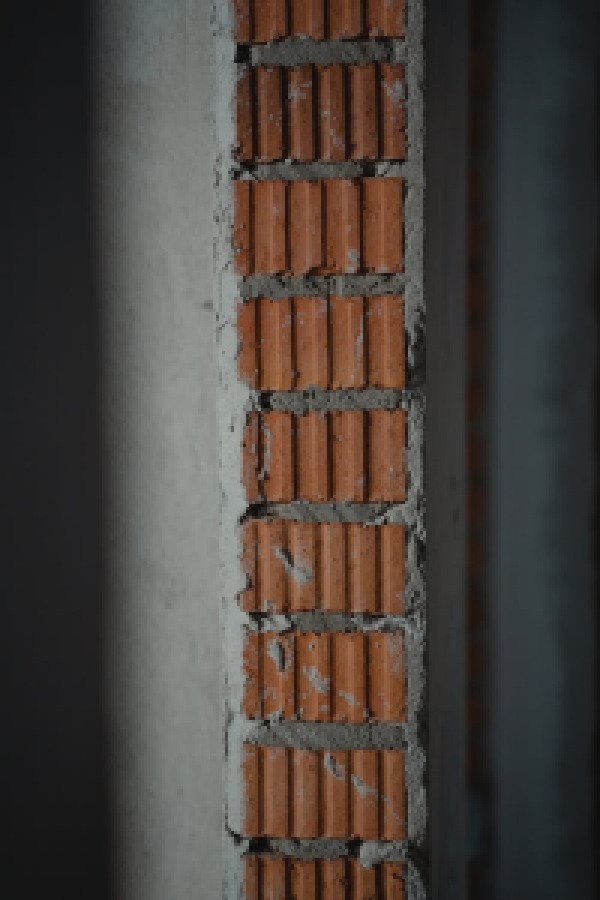
Understanding the Process of Concrete Pouring
Concrete is one of the most widely used construction materials on the planet. It is durable and incredibly versatile, which makes it ideal for a wide range of projects.
A professional concrete contractor is capable of handling various types of residential and commercial projects. This article will discuss the process of pouring concrete, including preparing the site, mixing the concrete, and pouring it.
Preparation
Concrete is one of the most widely used construction materials in both commercial and residential projects. Its strength, durability and versatility make it an excellent choice for a variety of applications, including foundation construction. Tampa Concrete Contractors offer concrete foundation installation services that can be customized to meet specific design requirements.
Before pouring concrete, the site must be prepared by excavating and laying down a subbase. The subbase must be even and compacted, and it must be well drained. A faulty base can result in cracking once the concrete is poured. Visit webSite for more.
An experienced contractor will ensure that the subbase is properly graded and drained, and they will use proper form boards to shape the concrete. They may also add rebar or fiber to increase the concrete’s strength. Once the concrete has been poured, it must be allowed to cure for at least 28 days. To speed up the curing process, contractors can coat the form boards with used motor oil.
Mixing
The concrete mixing process involves the careful blending of cement, aggregates and water in a specific proportion. This mix is poured into the foundation of a building, making it durable and strong against heavy loads. It can also be molded into various shapes, allowing for creative and versatile construction projects.
Concrete can be mixed by hand or using a machine, depending on the project size and complexity. The process for machine mixing is typically a little faster than hand mixing and can be more effective. It also requires less strength, so it is used for larger projects where hand mixing may not be feasible.
Concrete can be transported to the site by bucket or pump. When transporting concrete, it is important to ensure that the water-cement ratio, slump or consistency and air content are not modified from their original states. The addition of too much water can cause problems with concrete, including shrinkage and lack of strength.
Pouring
Concrete is one of the most popular construction materials in the world, and a great choice for driveways, sidewalks, foundations, and more. It’s strong and versatile, and can be poured into almost any form you need.
Pouring concrete is a time-intensive process. It usually takes several hours for the concrete to set. This is why contractors try to avoid working in the rain, if possible. However, rain may be unavoidable in some situations.
When it does rain, contractors cover the concrete with plastic sheets or tarps. This helps to prevent the concrete from getting damaged by rainwater, which can weaken it as it sets.
Another thing that can damage concrete is if it is poured over an existing slab. This can lead to issues either immediately or down the line, as the new concrete can sink into the older layer. This can cause the old layer to break down more quickly, or it can cause the new concrete to crack over time.
Finishing
Concrete is one of the most versatile construction materials, and there are many ways to customize it for your commercial or residential project. Concrete contractors are specialists in this area, and they can help you devise solutions for your specific needs.
Concrete finishing is a skill that requires years of training and experience to master. The final product should be enduring, eye-catching, and safe.
A good finisher is able to control the mix’s water content, and this is crucial for strength. The less water in the mixture, the stronger it will be. Over-proportioning the water will weaken the concrete.
Once the concrete has poured, a steel hand trowel is used to smooth the surface. This makes the concrete look slick, and it’s also a safe surface for pedestrians. Depending on the design, a trowel can create swirl designs in the concrete or leave it slick and minimalistic. This is a highly skilled process, and only experienced concrete builders can do it right.